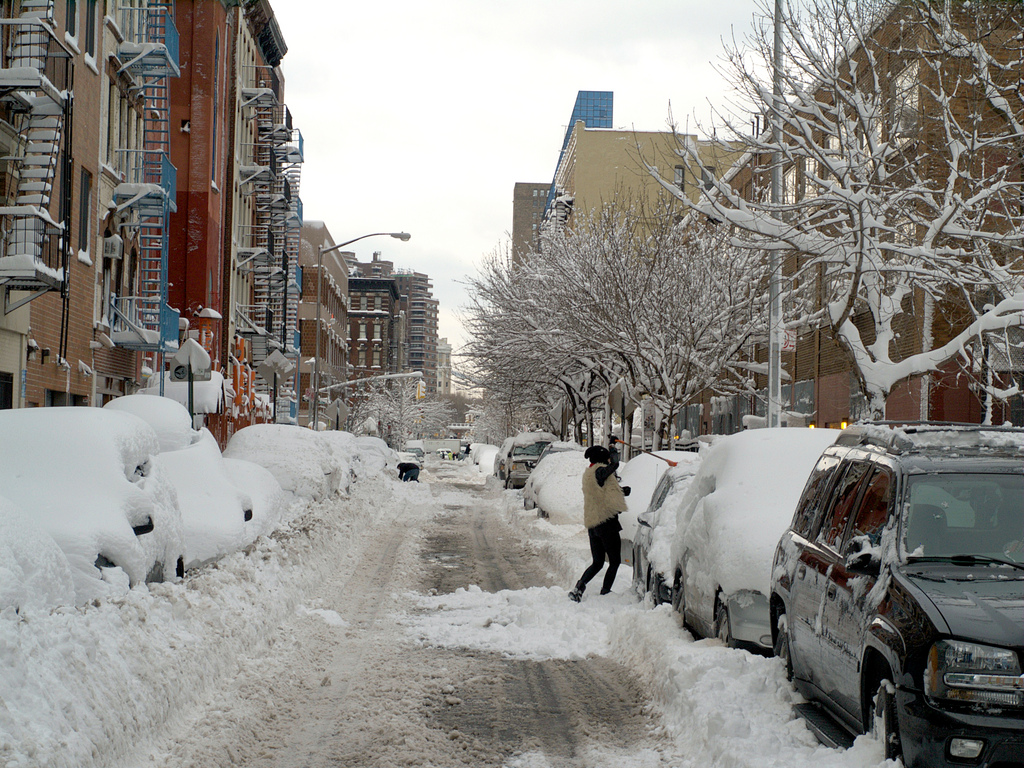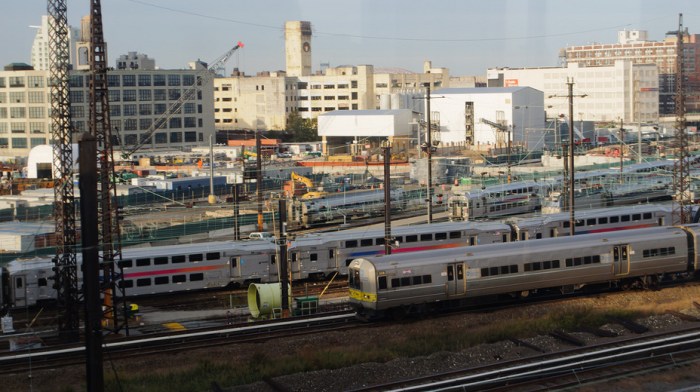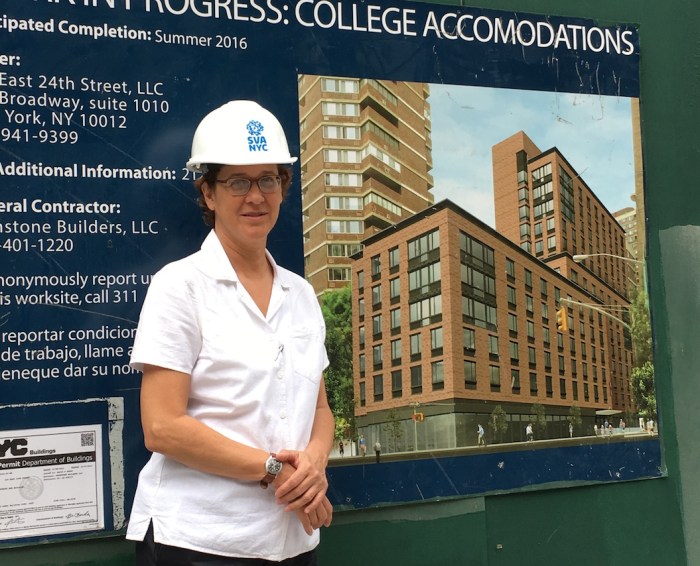Snow removal will not be a haphazard operation in 2017. The New York City Department of Sanitation unveiled its “Snow Fighting 2016-2017 Season” strategy Wednesdaydetailing how the city is spending its$88.1 million snow budget. The city has significantly upgraded its snow clearing equipment in the last few years. Since the 2013-2014 season the spreader fleet increased by 56 percent.This year, the city invested $21 million in equipment, including 80 additional haulsters (mini industrial pickup trucks ideal for dead-end streets), 21 front-end loaders (tractors), as well as 40 more skid steers (mini plows) to better clear bus stops and pedestrian areas such as park entrances. PlowNYC is city’s online system that tracks what roads have been plowed and how much time has elapsed since the last plowing or salting, which is updated every 15 minutes. Its new algorithmreduces the possibility of a”false positive” wrongly showing that a block has been covered. As usual, plowing will begin when snowfall accumulation exceeds 2 inches, andsalt spreading begins at the first trace of snow or frozen precipitation. (Each salt spreader can hold 16 tons of rock salt of the 350,000 tons the city has available, with 500,000 reserved if necessary.) The trucks are assigned to specific routes and continuously attend to them during a snow period, and cannot be diverted by customer complaints; the scheduled routes have to be complete before customer concerns can be attended to, which are collected at the Rapid Response dashboard online or by dialing 311. Critical routes are taken care of first, which include highways, major thoroughfares and access points to schools, hospitals, firehouses, police stations, ambulance depots. The rest are “sector routes” that include residential areas. Manhattan only requires 15 percent of the city’s weather maintenance resources; the Bronx uses 14 percent, and Staten Island only 10 percent. Queens requires the most resources — 31 percent — closely followed by Brooklyn at 29 percent.
City unveils ‘Snow Fighting’ action plan for plowing and salting in 2017

David Shankbone/Creative Commons


















